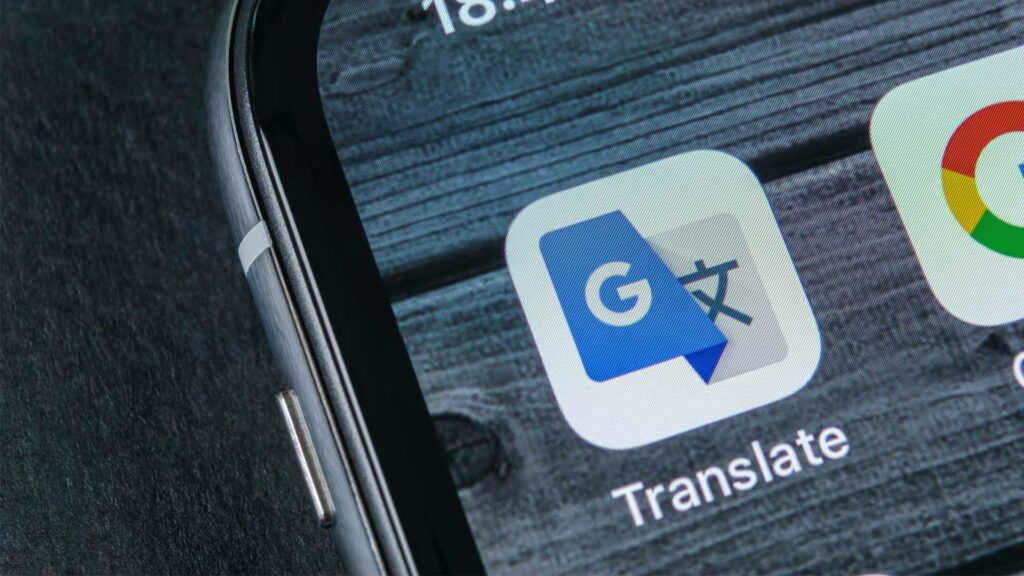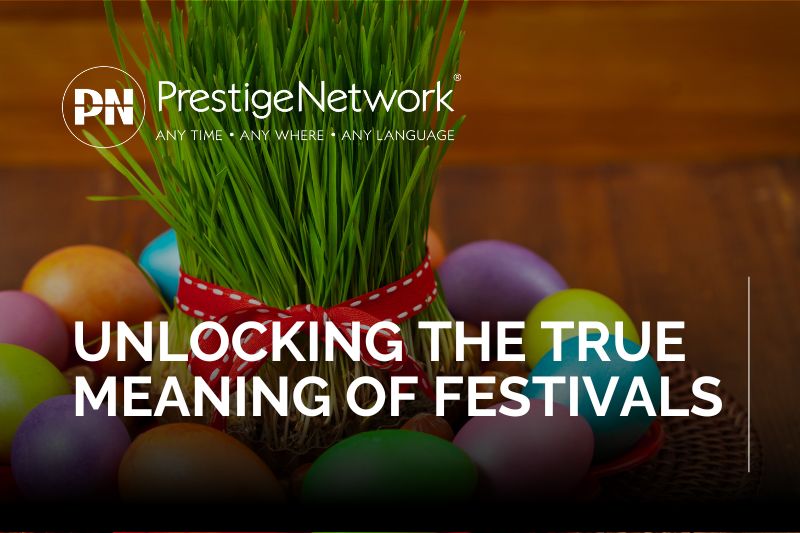In a fraction of a second, Google Translate can now make sense of your surroundings, but this is not the same Google Translate from the early 2000s. Over the past two decades, the technology has undergone a complete overhaul, evolving from a basic pattern-matching tool to a sophisticated neural network capable of handling more than 130 languages.
This transformation allows Google Translate to turn language into something computers can understand—math. This blog explores the remarkable journey of Google Translate and the technology that powers it today.
Pattern Matching and Phrase-Based Translation
When Google Translate launched in 2006, it was revolutionary for its time. The original system worked by playing a matching game: it would look at a vast number of professional translations scraped from the internet.
When a user entered a sentence for translation, the tool would break it down into the longest possible chunks of words it had seen before and then recombine those chunks to form a translation. This method, known as phrase-based translation, was effective but limited in its ability to handle complex sentences or less common languages.
Introducing Transformers
As the demand for contextually accurate and versatile translations grew, Google knew it had to move beyond simple pattern matching. Enter the Transformer model, the building block of all modern AI, including Google Translate. Transformers revolutionized how language could be processed by turning words into numbers, or vectors, that represent their meanings. These vectors can then be manipulated mathematically to reveal relationships between words, allowing for more accurate translations.
For example, in this mathematical language model, the equation “King -man + woman = Queen” illustrates how relationships between words can be encoded and deciphered by the computer. Each word is converted into a vector, and these vectors are then placed into a matrix where their interactions are analysed. This process, involving complex matrix multiplications, allows Google Translate to understand not just individual words but the context in which they are used.

Understanding Context
The key to the success of Transformers lies in their ability to handle context. Rather than just focusing on individual words, Transformers consider the relationships between all
words in a sentence. This is achieved by encoding the entire sentence into a context vector, a list of numbers that represents the sentence’s overall meaning. The model then decodes this context vector back into human language, ideally producing a fluent and accurate translation.
Training these models is a massive undertaking, involving billions of examples to fine-tune the weights and values used in the calculations. Despite this, there are still challenges. For instance, translating between two non-English languages often requires an intermediate step through English, which can introduce errors or inaccuracies.
Bringing Text to Life
One of the most powerful features of Google Translate today is its ability to translate text directly from images, a process made possible by Optical Character Recognition (OCR). Google has been using OCR technology since 2002, but it has come a long way from simple pattern matching.
Now, OCR also uses Transformers to identify and process text within images, even in challenging conditions like poor lighting or distorted perspectives.
Google Lens, the company’s visual search tool, exemplifies how this technology works. It identifies lines of text, determines the characters, and then translates them into the desired language. Even if the text is partially obscured or distorted, the Transformer model can often infer the correct meaning based on context.
Challenges and Future Developments
Despite these advancements, Google Translate is not without its limitations. Translating casual speech, slang, or text from deformable objects like clothing remains challenging. Moreover, while the system is highly proficient with well-formed, grammatically correct text, it struggles with less structured language often found on social media or in informal settings.
To address these challenges, Google is continuously refining its models and adding new features. For example, users may soon be able to fine-tune their translations, making them more formal or adjusting them to specific regional dialects.
Additionally, Google is committed to expanding its language support, with the ambitious goal of covering all 6,000 to 7,000 languages spoken worldwide.
Conclusion
Google Translate has come a long way from its early days as a simple pattern-matching tool. Through the implementation of sophisticated neural networks and the transformative power of the Transformer model, it has become an indispensable tool for millions of users worldwide. As Google continues to innovate, we can expect even more
languages to be supported, more accurate translations, and new features that make understanding and connecting across languages easier than ever before. The journey of Google Translate is a testament to the power of technology in bridging the gaps between diverse cultures and languages.






